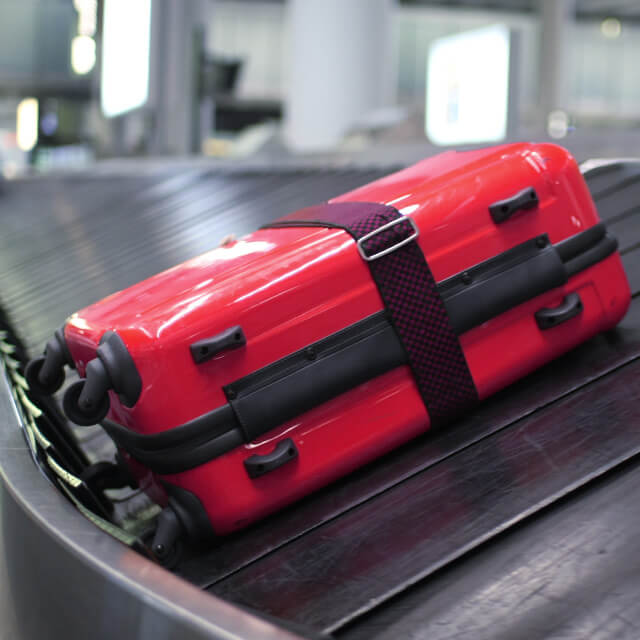Das ist IBM
Das ist die Entdeckung
 |
The Sabre (Semi-Automatic Business Research Environment) central reservation system, which was originally a part of American Airlines, pioneered online transactions. For the first time, computers were connected together through a network that allowed people around the world to enter data, process requests for information and conduct business. This system revolutionized the entire travel industry and formed the beginnings of the comprehensive and established system used today to buy and sell travel services. Moreover, it was the precursor for the entire universe of electronic commerce that exploded in the mid-1990s and that we all enjoy today.
Today, Sabre remains the leading provider of travel technology products and services around the world, The Sabre system is available 24 hours a day, 7 days a week. More than 57,000 travel agencies around the world log into a Sabre desktop each day, and the Sabre system processes more than 42,000 transactions every second.
Sabre got its start because of a chance meeting in 1953. A young IBM salesman, R. Blair Smith, had boarded an American flight from Los Angeles to New York on his way to a training session. He got into a conversation with the man sitting next to him, who turned out to be C.R. Smith, the president of American Airlines. At the time, airline reservations were written by hand on cards and sorted in boxes—an unwieldy mess as the industry expanded. Blair Smith knew that American had an older model computer that could only keep track of the number of seats reserved and open on a flight, but could not record anything about who was in those seats.
As Blair Smith recalled: “I told [C.R. Smith] I was going back to study a computer that had the possibility of doing more than just keeping availability. It could even keep a record of the passenger’s name, the passenger’s itinerary, and, if you like, his phone number. Mr. C.R. Smith was intrigued by this. He took out a card and wrote a special phone number on the back. He said, ‘Now, Blair, … when you get through with your school, our reservation center is at LaGuardia Airport. You go out there and look it over. Then you write me a letter and tell me what we ought to do.’”
At the training session, Blair Smith saw IBM CEO Thomas Watson Jr. and told him about the conversation. Watson told Smith to do exactly as the American president requested: tour the reservation center, write a letter with his recommendations—and send a copy to Watson. Blair Smith recommended a joint development project between IBM and American to create a computerized reservation system, and American Airlines president Smith agreed.
The Sabre reservation system was built in 1960, with lessons learned from IBM’s mid-1950s project to build the gigantic SAGE (Semi-Automatic Ground Environment) air defense computer system. At first, Sabre just operated in one location, Briarcliff Manor, New York, with two
By the mid-1960s, Sabre became the largest private, real-time data processing system, second in size only to the US government’s system. Fortune magazine marveled in a 1964 article at what Sabre could do. “To the would-be passenger in Los Angeles who phones or drops by the American Airlines ticket counter for a reservation, very little seems to have changed,” Fortune wrote. “Yet in the two and one-half seconds between the last word of his request for space and the first word of the agent’s reply he has been the beneficiary of a [US]$30 million computer installation that not only has booked him on the correct flight as far as a year ahead but, once it gets his name, will keep track of his every move along the line—including ordering his meals, his rental cars, or his connecting reservations—until he arrives where he wants to go.”
Sabre became a huge competitive advantage for American, forcing every other airline to build its own reservation system. Most of them turned to IBM.
In 1976, American extended Sabre to travel agents so the agents could book reservations directly. The system was now so advanced it could store one million airfares. In 1985, American created easySabre to give consumers online access over the Internet and through services like CompuServe. A year later, Sabre broke new ground once again, launching the industry’s first revenue management system, helping airlines maximize the airfare at which each seat is sold. The revenue management practices created by Sabre continue to be used today. And a decade after that, in 1996, Sabre launched the website Travelocity. In 2000, Sabre separated from American Airlines to form its own company, the Sabre Holdings Corporation.
At each point along the way, Sabre gave people their first experiences with the way computers could instantly handle transactions and keep track of inventory, prices and customers—the basis for an entire universe of electronic commerce that exploded in the mid-1990s.